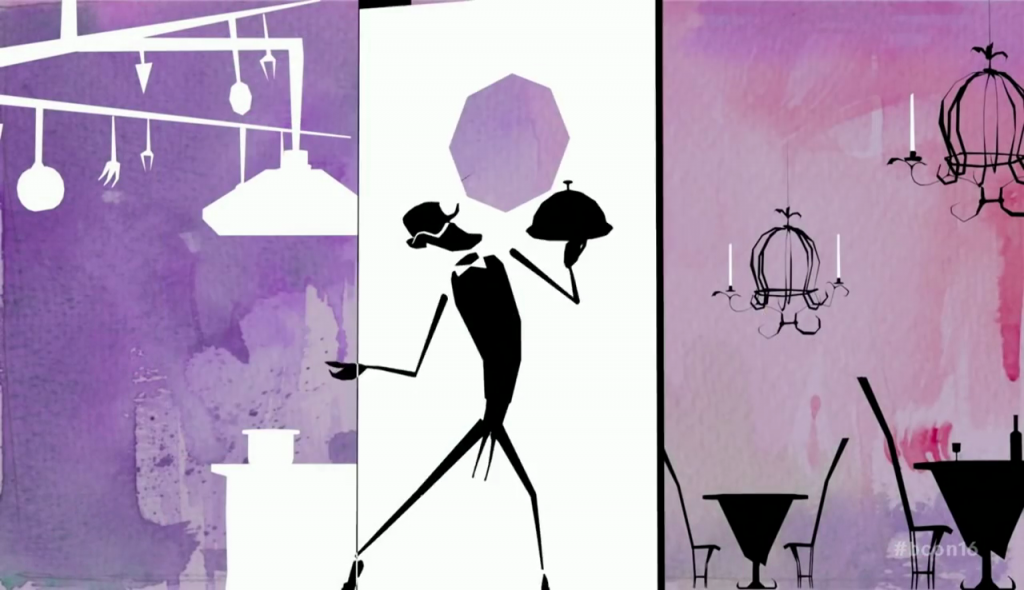Here are three video recordings of presentations done at the latest Blender Conference that I think are worth watching.

I’ve never had the chance to attend the Blender Conference, but they have always provided live streaming and published recordings afterwards. The diversity and quality of the presentations invite me every time to go through it. There is a lot to discover in the field of 3D creation and, as with any open source software, people have used the tool in many different ways for the purpose of their research. So, after watching a few videos, here is my selection for this year.
Paul Melis uses Blender to demonstrate how path tracing works. Path tracing is a rendering method based the physical properties of light and thus simulates realistic lighting of a scene. Blender Foundation has developed a rendering engine called Cycles using this method. But how does it work? Paul Melis has modified Blender to literally show us how the rays are moving around in 3D before being turned into colored pixels. Along the way, he shows us how and why certain things might influence the final render.
For her PHD in media studies, Julia Velkova is focusing on open-source animation film production. She does not uses Blender, so this is not a technical presentation. Instead, she is focusing on the community, economy and mechanics behind the production of free culture using free / libre software. Her presentation puts in perspective contemporary media production with the history of art and technology. She also raises good questions for the Blender community and the free / libre art and technology practitioners as a whole. I’ll be looking forward to the conclusion of her PHD in a couple months.
MAD Entertainment Animation, is an Italian based animation studio that has gradually switched to a full Blender production pipeline over the last couple years. While this is more and more common in small sizes studios across the world, Ivan Cappiello presents here the latest projects they have been working on and shares the methodology they use when you don’t have big production budgets but still want to make big feature animation films.
I’ve singled out their presentation because of the particularly poetic look and feel they have achieved in their work (the illustration a the top of this article is a still from one of their production). But also for the Kinect based motion capture they use to help animators quickly set up poses for secondary character animation. All very inspiring.
There is of course a lot more presentations to watch if the subject and software is of any interest to you. So let me know which are your favorites from this year and why.